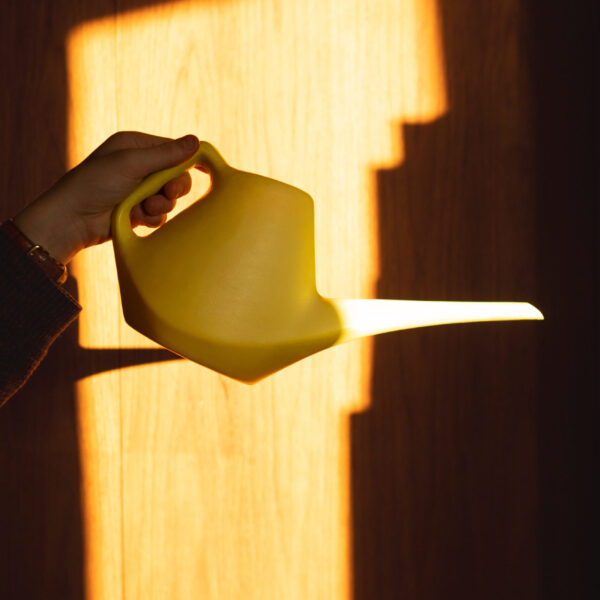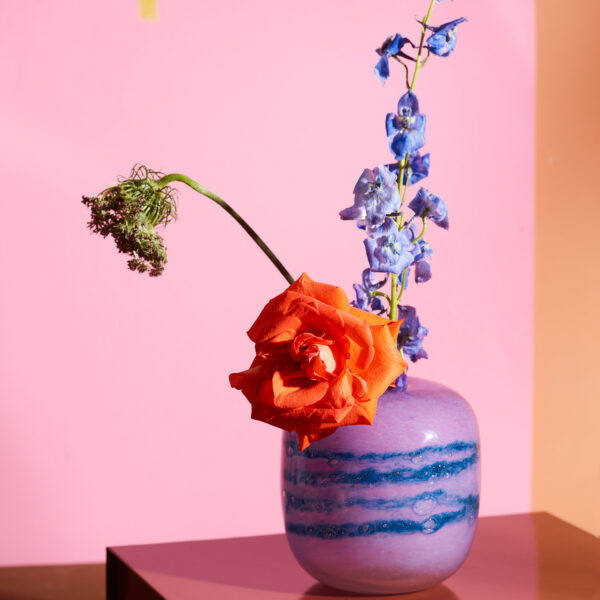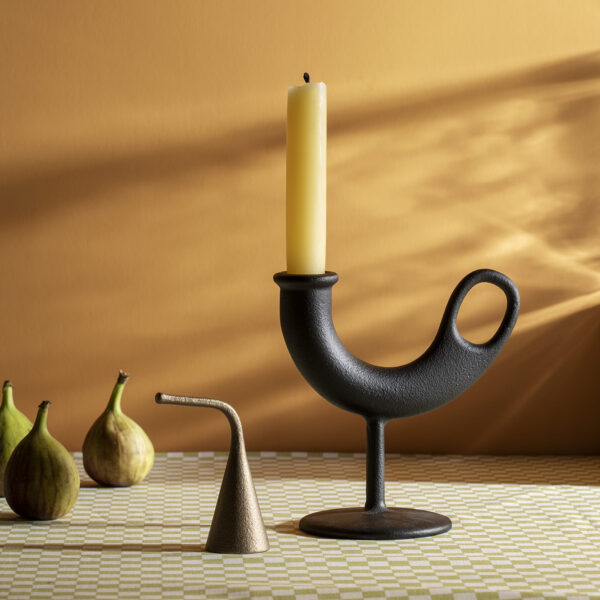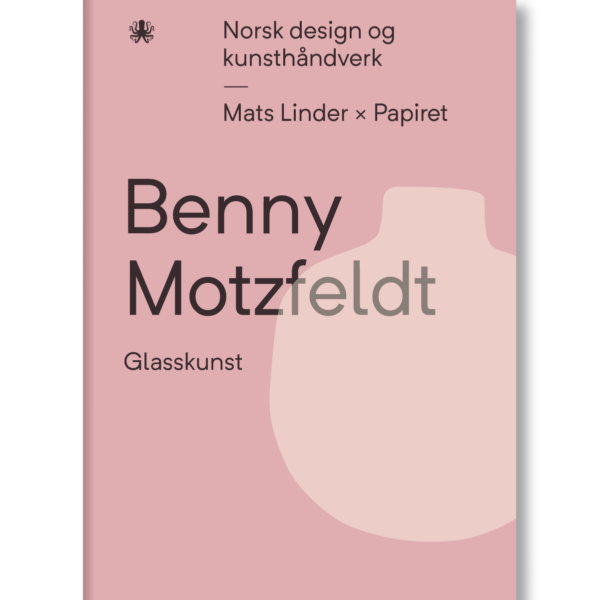Mats Linder is a passionate advocate for Norwegian design and heritage, and his thoughts are a reminder of how the past, present and future are connected in the things we create.
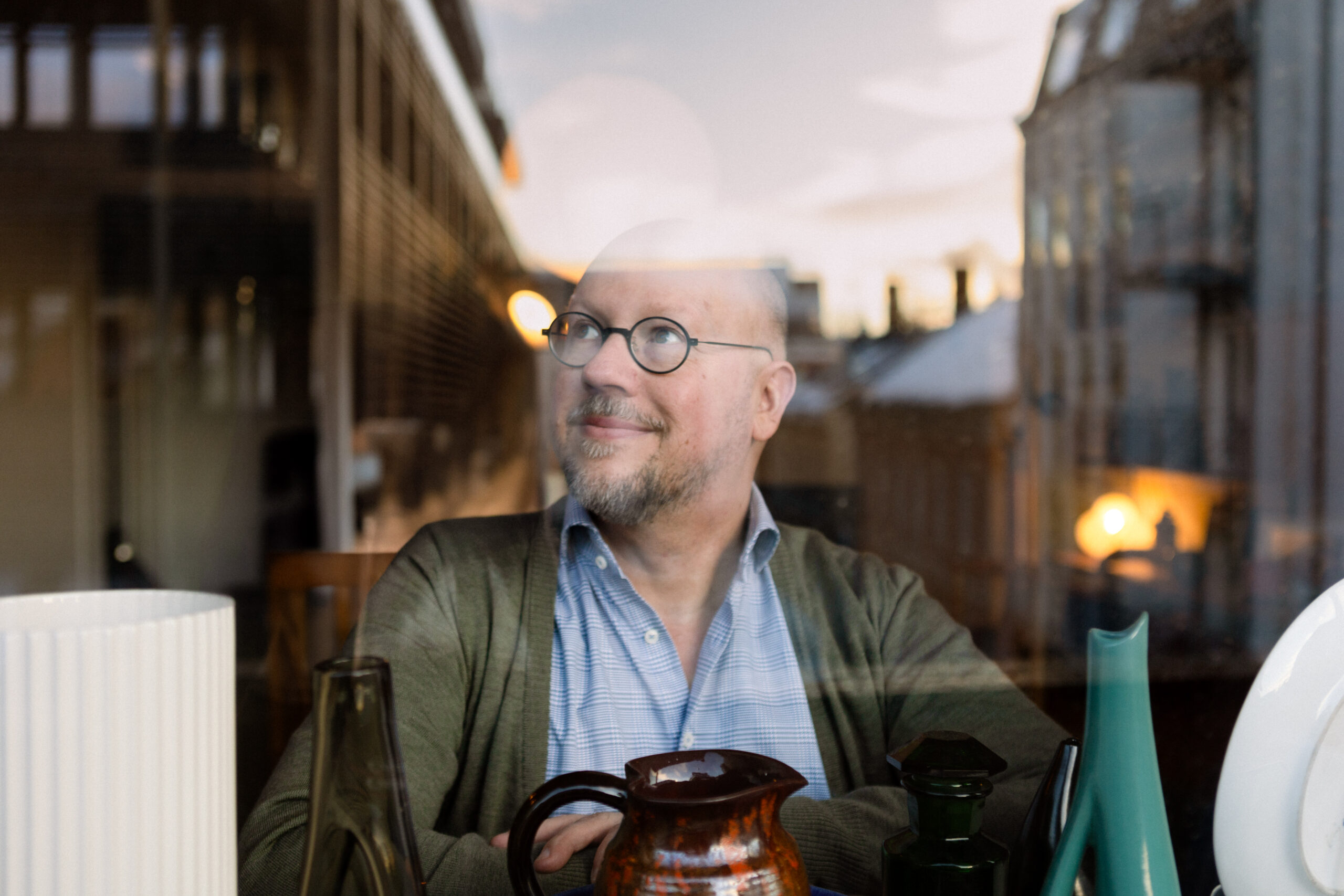
Photo: Olha Korop
"A thing is not just a thing - it's part of something bigger"
In a world where trends and production lines move at an ever-faster pace, Norwegian design offers something timeless - a cultural heritage that reflects both history and the future.
Mats Linder is an author, speaker and one of Norway's foremost design experts. Here, he shares his thoughts with us at NOVOOI on what makes Norwegian design unique and how we can meet the challenges of the future. In his work to highlight Norwegian design history, Mats Linder points to a number of iconic products as examples of how functionality and aesthetics can be combined in timeless objects. These products not only show how Norwegian design has had an impact on everyday life, but also how it can still inspire new generations. The objects illustrate the rich heritage and potential of Norwegian design.
For Linder, they are more than historical objects - they are a reminder of how thoughtful design can contribute to both functional innovation and cultural identity. Furthermore, he highlights the necessity of revitalizing such design icons to give them new life in today's context. This is not only about honoring the past, but also about looking to the future and ensuring that Norwegian design continues to make its mark on the world.

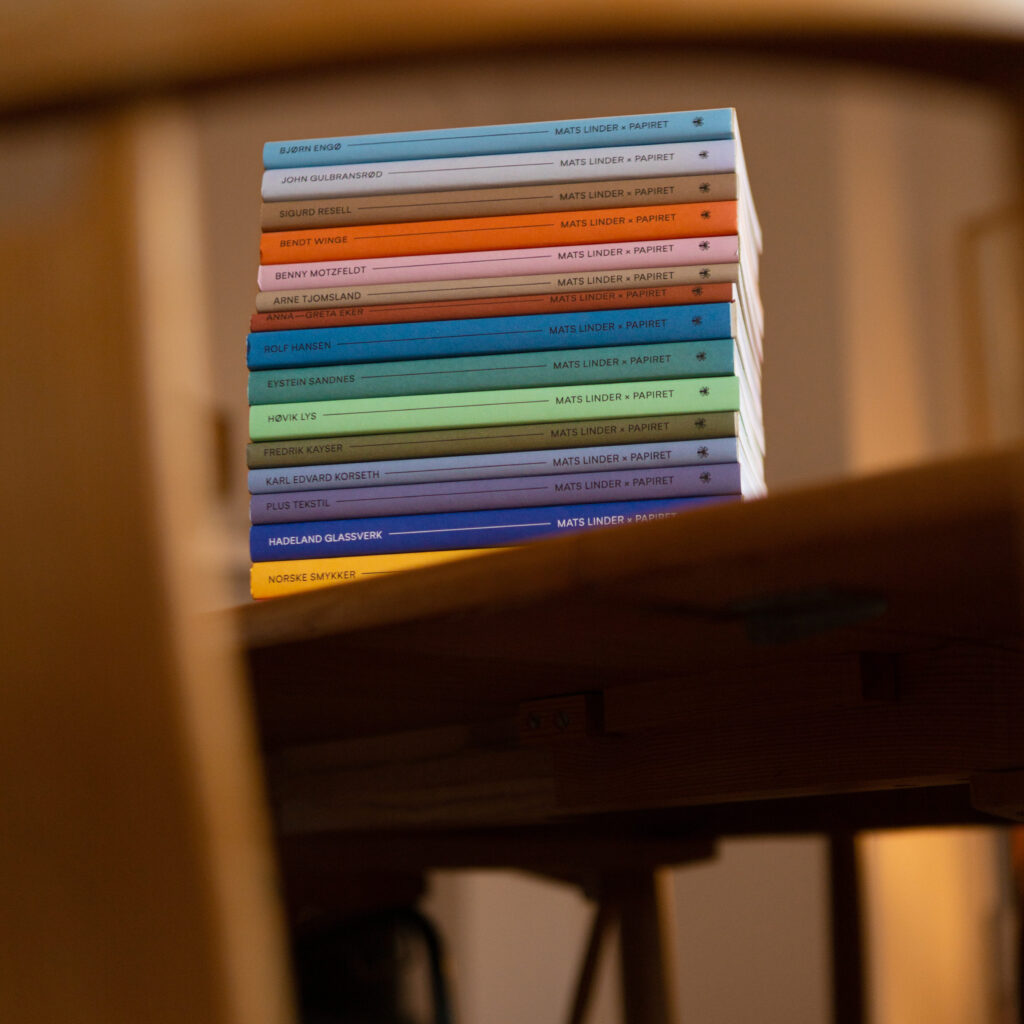
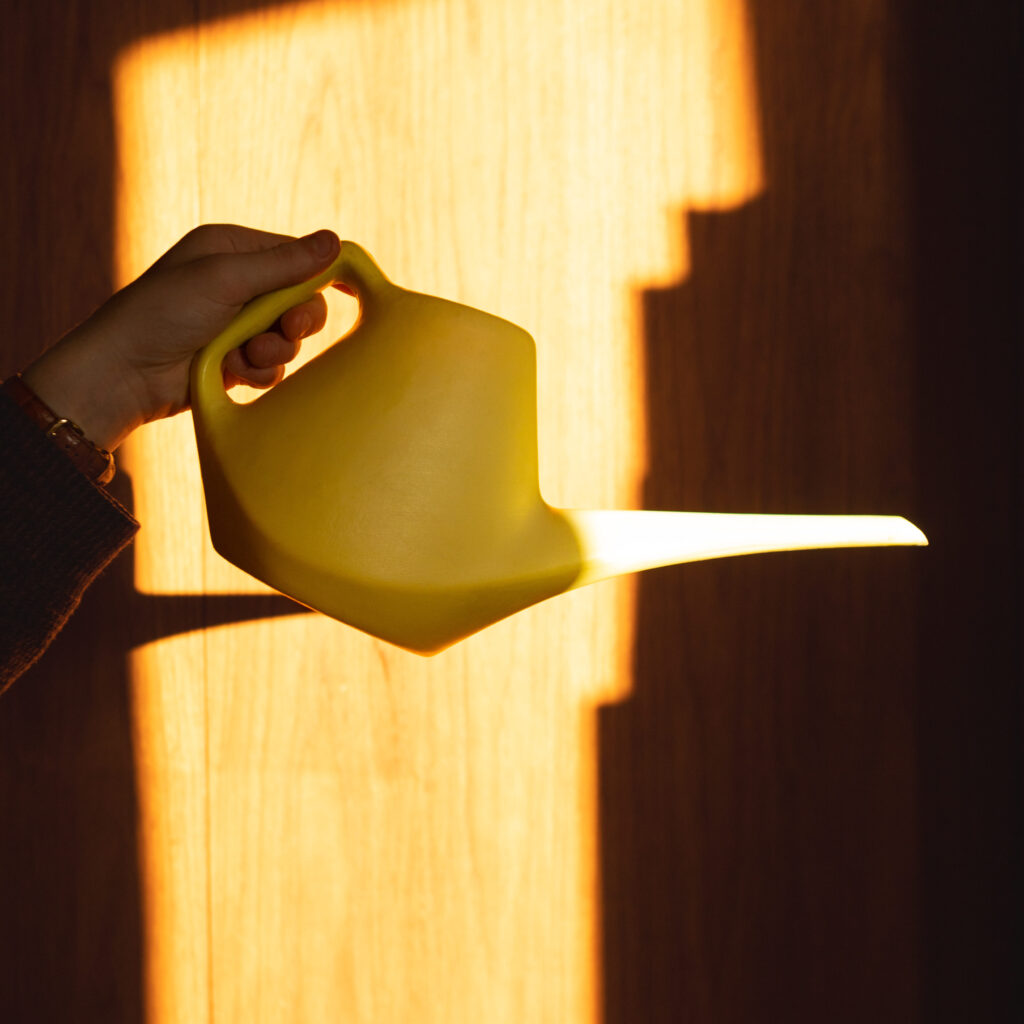
NOVOOI: Mats, what do you think makes Norwegian design special?
Mats Linder: Norwegian design has a cultural heritage that is constantly evolving. As I often say, cultural heritage is an ongoing process. If we buy a new design object today, it will be an antique in 100 years. Therefore, we have a responsibility as culture bearers in our generation - to pass on history through the design objects we create, choose and value.
Things aren't just functional; they carry memories, relationships and values. Take the Ildhane candlestick by Anderssen & Voll for Nedre Foss as an example. It sums up everything I'm passionate about in design: tradition, sustainability and functionality. It represents the mindset I want to see more of - where both designers and manufacturers think carefully about quality and durability before putting something into production.
Buy Mats Linder's selected
NOVOOI: How do you see the position of Norwegian design internationally?
Mats Linder: "Norwegian design has the potential to assert itself internationally, but we need to collaborate better to achieve that goal. In the 30s and 40s, we had a strong collaboration between museums, industry, designers and colleges. They shared a common vision and worked towards the same goal. Today, we may have better export tools, but we lack the holistic thinking and collaborative spirit that existed back then.
NOVOOI: What can we do to revive this culture of collaboration?
Mats Linder: We need to build bridges between different actors. Initiatives like Novooi can play an important role here. The idea behind Novooi is to connect design students, artisans and manufacturers, while developing creative projects that generate attention and resources.
It's also important to create platforms for young designers who often struggle to find work in Norway. Many go abroad because the opportunities here at home are limited. If we can use Novooi as a link between production, innovation and exhibition activities, we may be able to give more people the opportunity to build a career here.
NOVOOI: You mentioned publications as part of the solution. Why is that important?
Mats Linder: Publications are an effective way to give design exhibitions lasting value and visibility. And it doesn't have to cost a fortune - a publication can be produced for a fraction of the cost if you work smart. This can help to document projects, tell stories and inspire new generations.
NOVOOI: What is your vision for Norwegian design in the future?
Mats Linder: I envision a Norwegian design industry that is more sustainable and collaborative. An industry that doesn't just focus on functionality, but also on preserving traditions and telling stories through the objects we create. With a stronger culture of collaboration, we can not only strengthen our national identity, but also assert ourselves internationally in a more holistic and sustainable way.
Mats Linder's favorites:
Timeless treasures from Norwegian design history
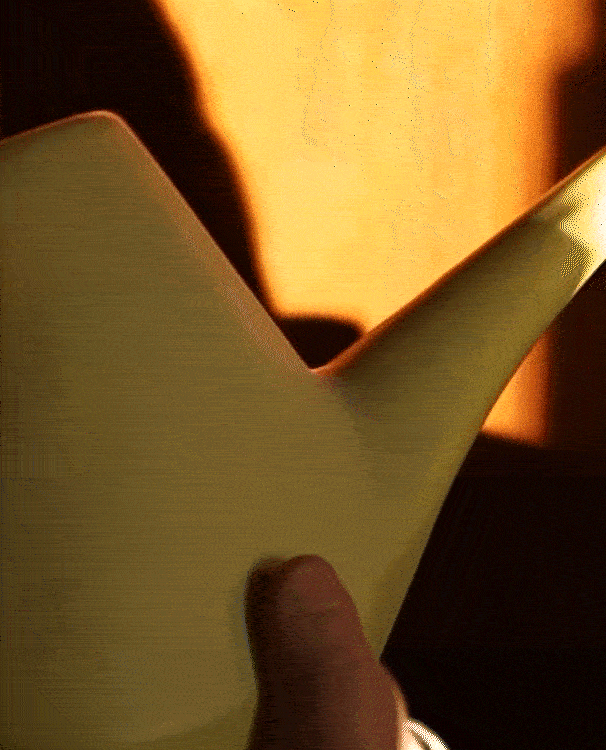
The Panco water jug
Designed by Tormod Alnæs around 1953, the Panco water jug represents a balance between form and function. Linder is fascinated by its timeless relevance.
- Why is no one putting this back into production? he wonders. "The elegant yet simple design shows how quality products can stand the test of time and still be perceived as modern.
The Multe bowl from Hadeland Glassverk
Willy Johansson's Multe bowl, originally launched in six different colors, is another example of timeless design. The bowl combines ease of use with a subtle elegance that makes it suitable for both everyday and festive occasions.
- "This could have been a big seller with the right approach," says Linder, pointing out how good design can find new markets with an updated strategy.
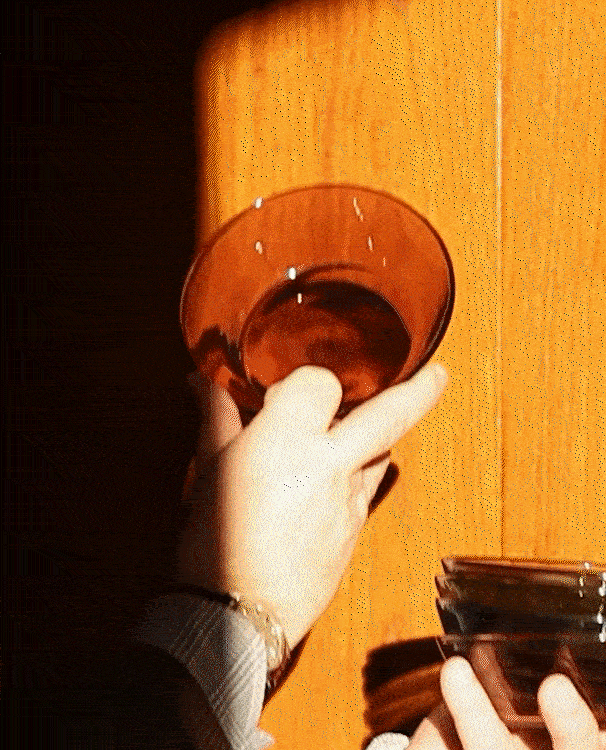
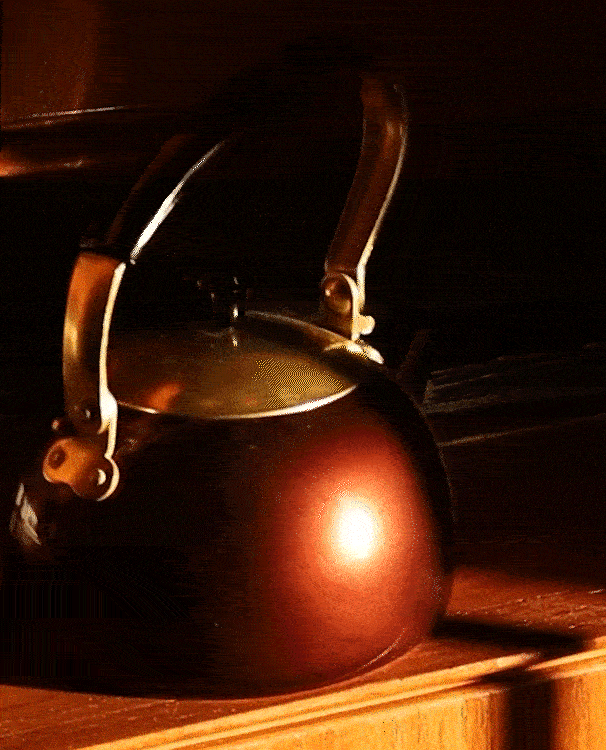
Vørtekaka
Torbjørn Rygh's coffee pot from around 1951, popularly known as "Vørtekaka," is another great example of Norwegian design's ability to combine functionality with a distinctive expression. The product sold an impressive 80,000 copies.
- "It reminds us how good design can become part of an entire generation's memory," says Linder. "The jug also shows how successful design can become a lasting part of everyday life.
The berry picker
Finally, Linder highlights the berry picker, a simple and ingenious tool created by a practitioner with no formal design education. For Linder, this object represents the essence of good design.
- "It's simply about identifying a need and delivering a smart solution.
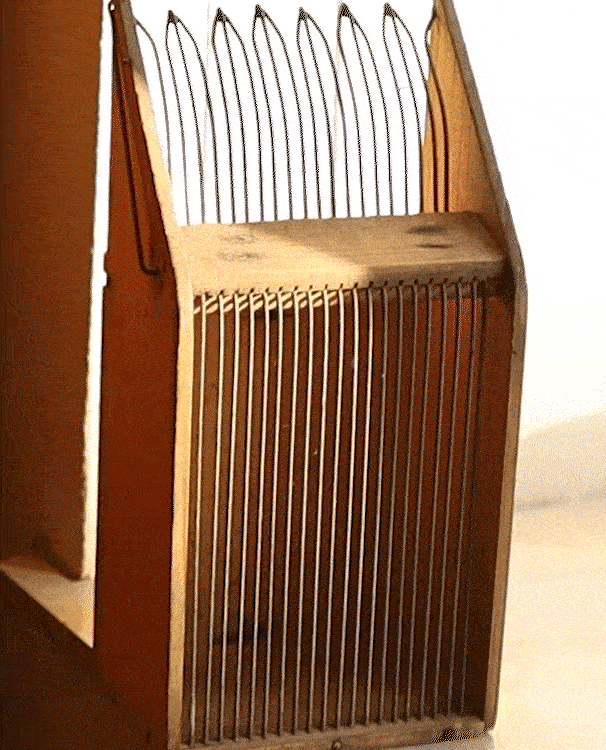
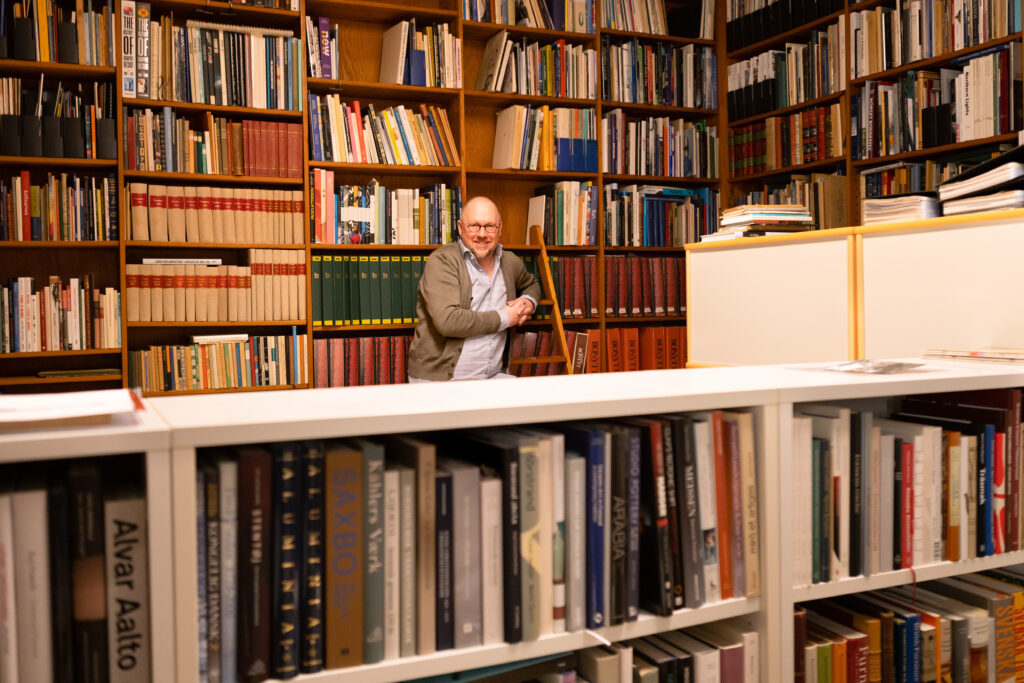
Photo: Olha Korop
